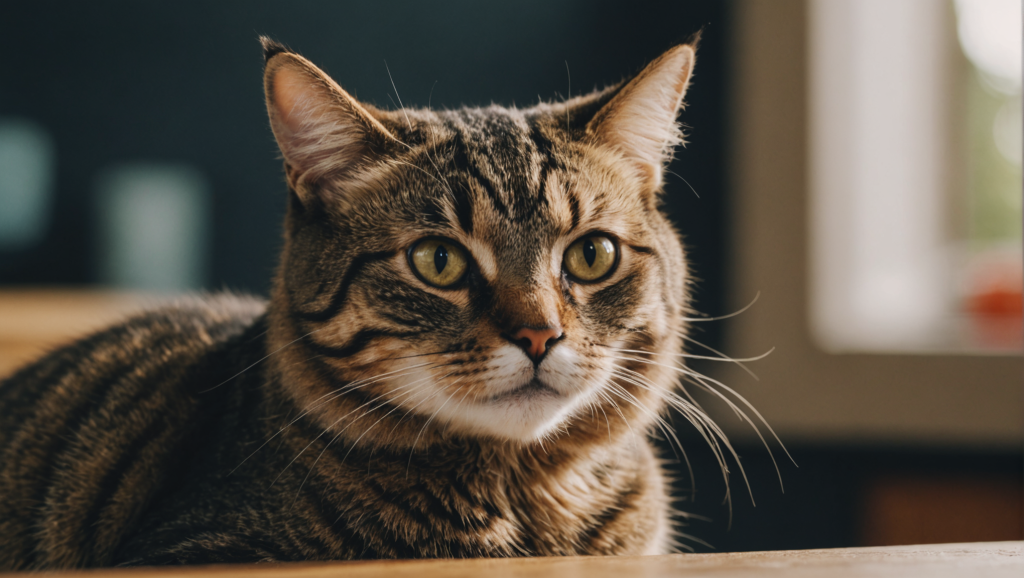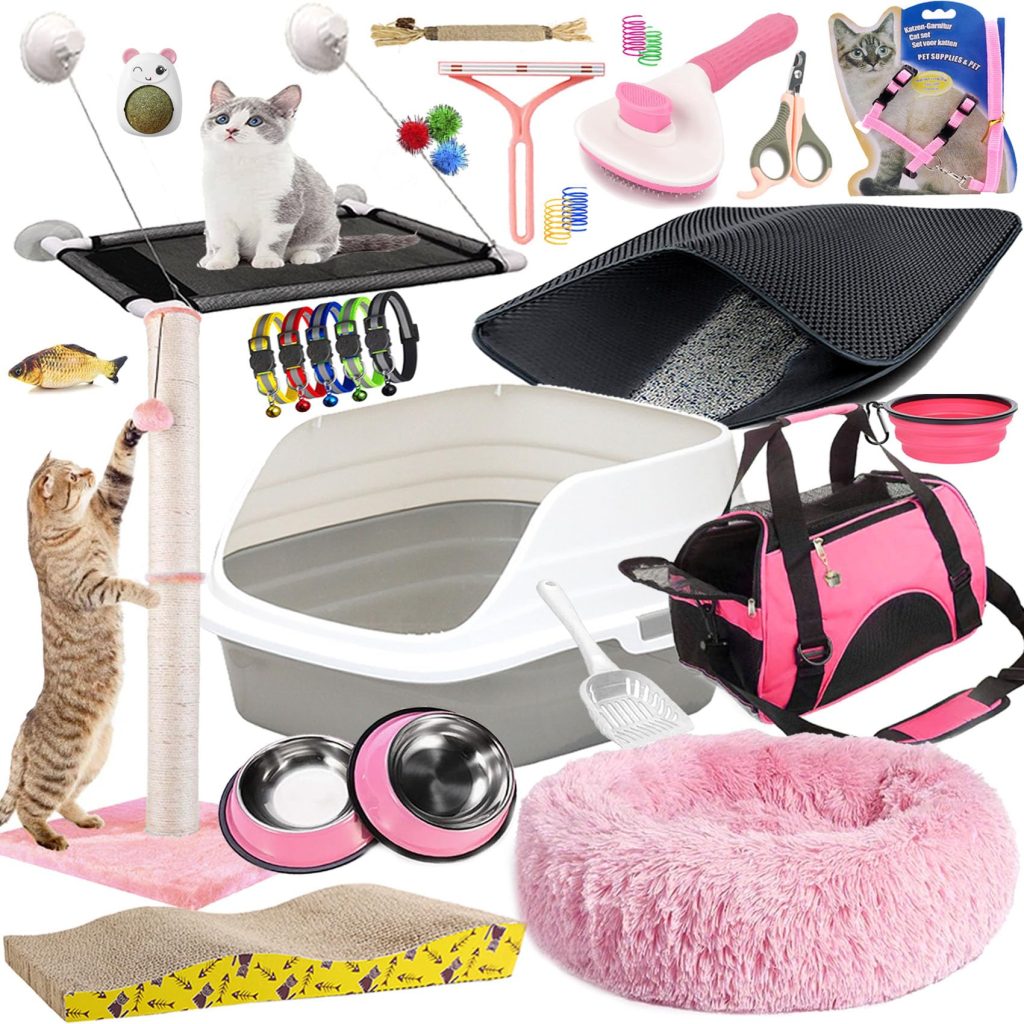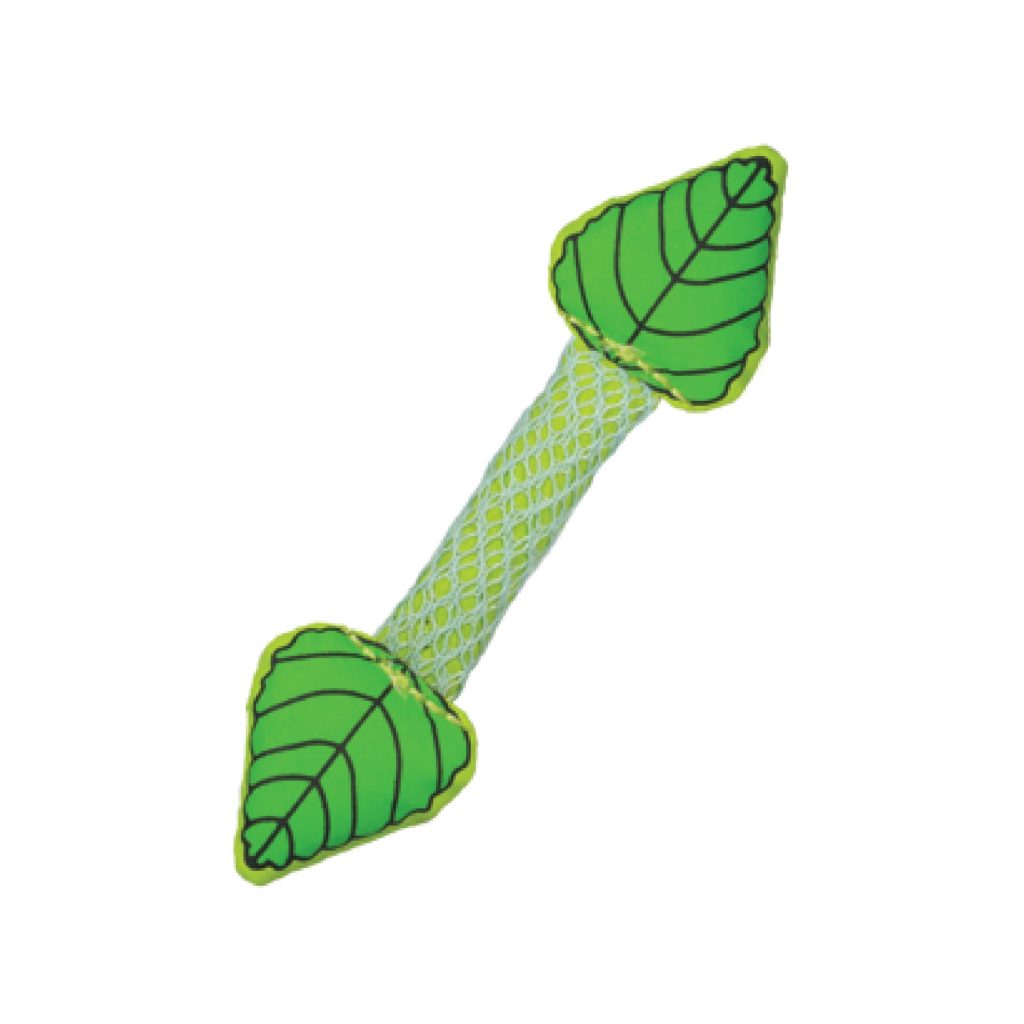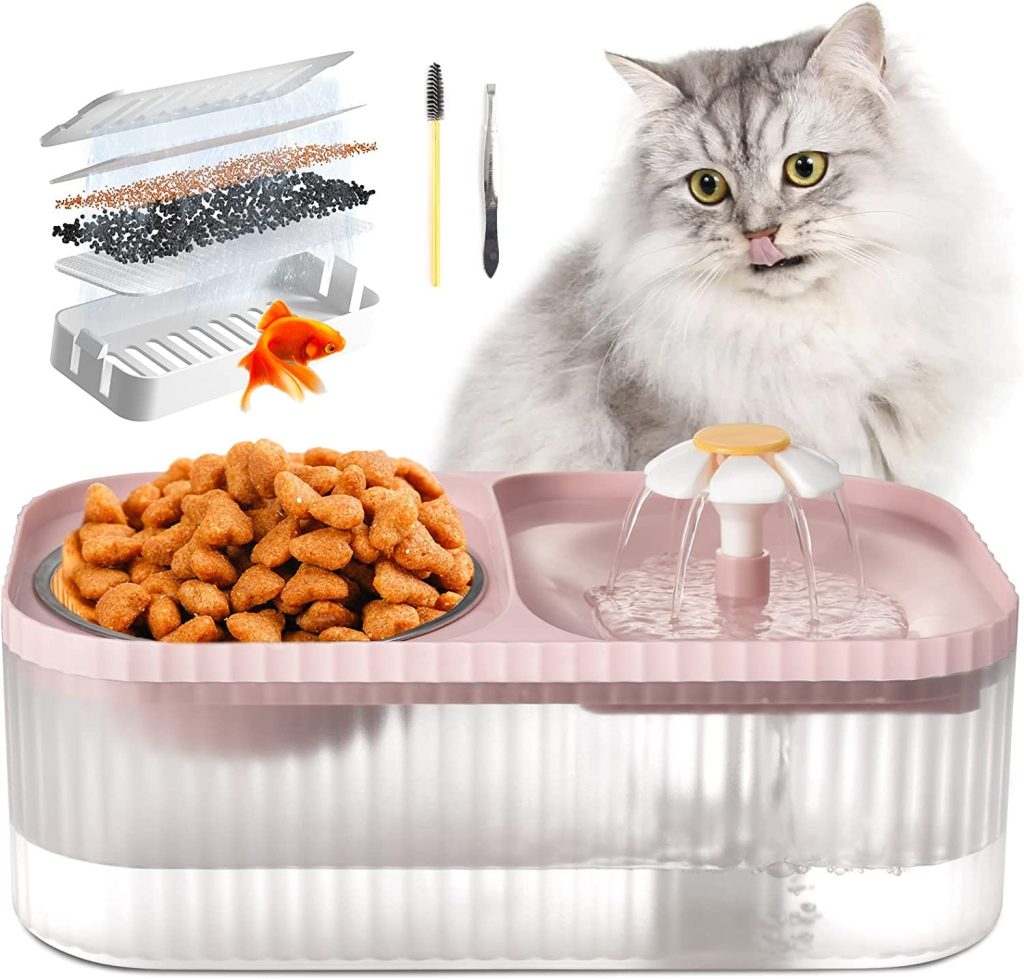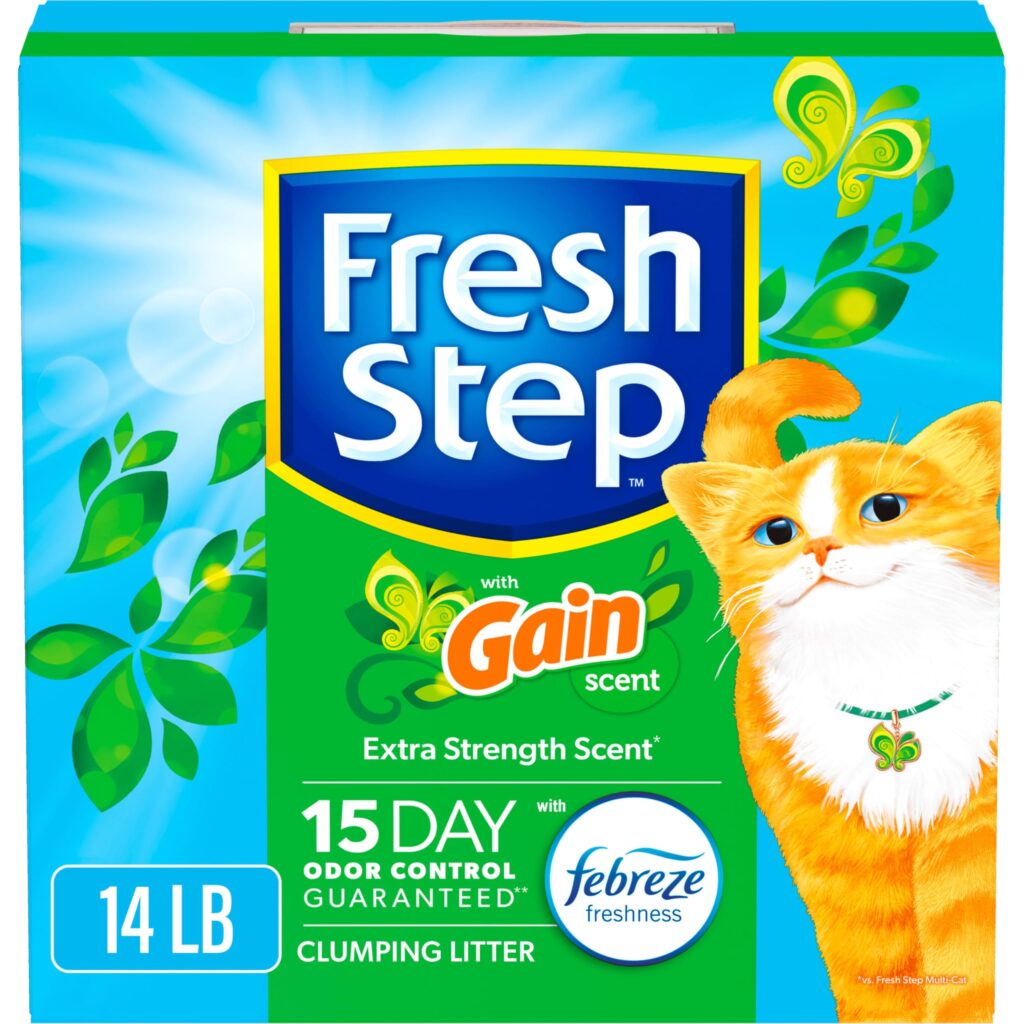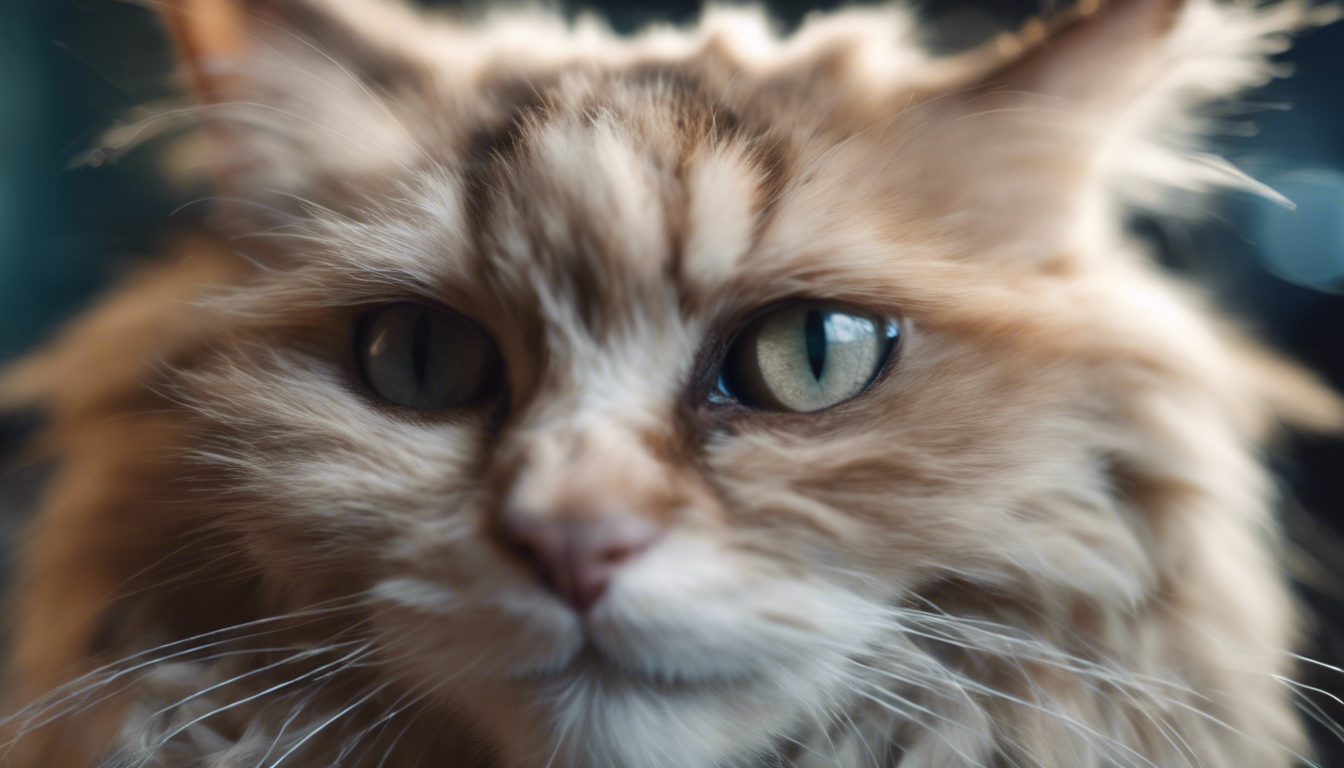
Understanding the causes of fur matting in cats
Picture your fluffy feline friend prowling around with a coat so smooth it seems to have been brushed by the paw of Mother Nature herself. Now, imagine the opposite: that sleek fur becoming a tangled mess that wouldn’t look out of place in a bird’s nest. That’s right, we’re talking about matted fur, a hairy issue that can spoil both your cat’s mojo and comfort.
So, what’s behind this knotty predicament? For starters, there’s good old shed fur. Cats shed – it’s a fact as well-known as their disdain for closed doors. Normally, the loose fur simply falls away, but sometimes it plays the clinger, tangling up with the rest of the hair and starting a mat.
Then there are those kitties that seem to attract dirt like they’ve got some magnetic superpower. Matted fur can be a dirt magnet which, coupled with oils on the skin, provides a first-class ticket to Tangle Town. Plus, if your cat is more of a couch potato than a prowler, those long periods of lounging around might encourage mats to form, particularly in those hard-to-reach spots that seem to escape their self-grooming routine.
And let’s not say goodbye to good old genetics. Some cats, particularly long-haired breeds like Persians or Maine Coons, are more prone to matting due to their dense, luxurious fur. Sure, it looks fantastic, but it’s also a bit high-maintenance, demanding extra attention to keep it mat-free.
Age and health issues can also conspire against your cat’s coat. Senior cats and those with health challenges may have a harder time twisting and turning to keep themselves well-groomed. Limited mobility can leave some patches neglected, and before you know it, those areas can become matted.
Knowing these culprits, you’ll be better equipped to bust those mats and keep your feline looking like the cat’s meow. After all, no cat has ever turned down the chance to be admired for their impeccable fur, right?
Preventative measures for avoiding matted fur
Let’s dive into preserving that impeccable fur! The key to preventing matting is a proactive approach. First and foremost, brush, brush, brush! Regular grooming sessions will not only strengthen the bond between you and your kitty but also keep those pesky mats at bay. Depending on your cat’s fur type, you might want to schedule these brushing sessions daily, especially for those regal long-haired beauties.
Investing in the right tools can make a world of difference. A slicker brush or a fine-toothed comb can be your ally, gently working through the fur and removing loose hair before it gets a chance to conspire against you. But remember: approach your cat gently to avoid turning grooming into a wrangling match. Hint – treats can be a great negotiation tool!
Think your cat’s lifestyle; if they lounge more than they leap, you might need to step up your grooming game, no matter the fur length. For the indoor prowler or the languid couch lion, a helping hand from their human can keep their coat in tip-top condition.
Pay special attention to those hidden spots that are mat magnet hotspots – behind the ears, under the collar, around the armpits, and near the tail base. These are the areas where friction meets fur, and where tangles love to take hold. Address these areas as part of your routine checks to nip any potential mat formation in the bud.
You can also support your cat’s natural grooming habits with a well-balanced diet. A proper diet helps maintain a healthy coat, which, in turn, reduces shedding and the likelihood of matting. Supplements like omega fatty acids can be the shiny coat’s best friend – but always consult your vet before adding anything new to your furball’s feast.
When it comes to hydration, cats can be a bit finicky, but ensuring they have enough water is key for maintaining skin and coat health. Consider a cat water fountain if your kitty turns up their nose at a stagnant bowl – the moving water can be irresistible, and hydration is important.
Finally, don’t overlook the power of play. Regular exercise helps keep your cat nimble, which means they’ll be better equipped to carry out their own grooming rituals. Plus, the frisky frolics are a joy to watch.
By incorporating these preventative measures into your cat care routine, you’ll minimize the chances of mats taking over, ensuring your cat remains the sleek, smooth character that turns heads and warms hearts.
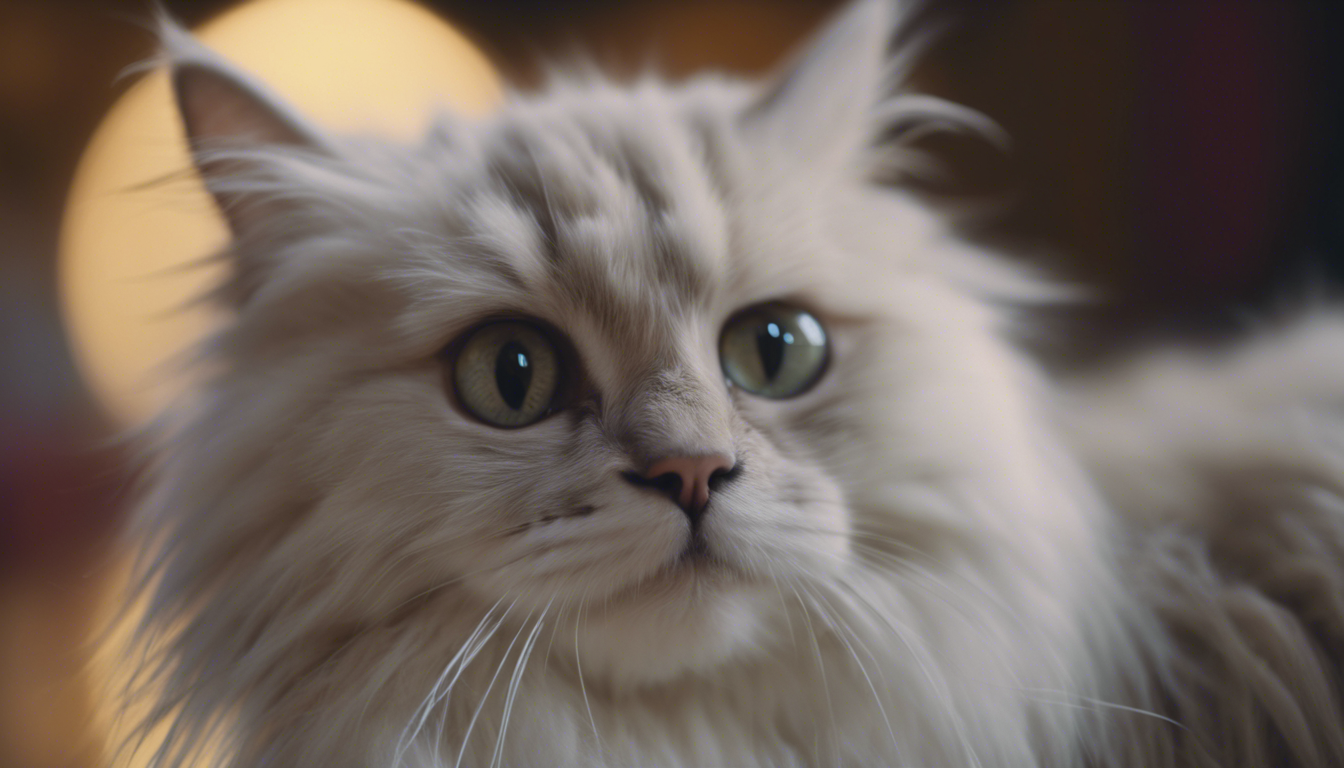
Tools and techniques for removing mats
When you’re faced with the challenge of removing mats from your cat’s fur, don’t despair! With the right tools and techniques, you can restore their coat to its natural fluffiness without too much fuss. The secret to success lies in patience, gentleness, and persistence. Imagine yourself as a fur detangler extraordinaire, armed with combs and brushes, ready to tackle each knot with finesse.
Before you begin, gather your tools. A dematting comb, also known as a mat splitter, and a slicker brush are your best bets. If the mats are particularly stubborn, a detangling spray can be a fur-saver – it helps in loosening the tangle, making it easier to work through.
Here’s how to untangle the snarls:
- Start with a calm cat. If your furball is agitated, take a break and try when they’re more relaxed. It’s all about creating a peaceful grooming vibe.
- Locate the mat and hold the base of the fur closest to the skin to avoid pulling and causing discomfort.
- Use your fingers to gently tease apart the edges of the mat. Consider of it like solving a feline fur puzzle, piece by piece.
- Work the dematting comb into the tangle, starting from the outer edge and slowly moving inward, always being careful not to tug the skin.
- Follow up with a slicker brush to smooth out the area, showing each strand of fur some love.
- If necessary, snip out the most tenacious mats with a pair of blunt-nosed scissors. Be extremely cautious not to cut the skin—hold a comb between the mat and the skin as a safety barrier if needed. It’s like being a cat hair sculptor, but safety is paramount!
- After each small victory over a mat, reward your kitty. A treat, a cuddle, or some playtime will associate these grooming sessions with positive vibes.
Consistency is your friend here. Regularly checking for mats and dealing with them promptly can prevent them from becoming a full-blown furry fiasco. Always be as gentle as possible — that is a time for bonding, not a battle. If your cat is sensitive to certain areas being touched, respect their boundaries and gradually build up their tolerance over time. Our whiskered friends are individuals, after all, and they’ll appreciate the bespoke approach.
Remember that mat removal is not a race. Take your time, go slowly, and keep your cat’s comfort in the forefront. If you are finding the process difficult or your cat is particularly uncooperative, it might be time to seek professional help. No shame in calling in the cavalry. Sometimes you have to acknowledge when a mat is beyond your amateur skills – think of professionals as the special forces of cat grooming!
Professional grooming options and when to seek help
When the tangle saga turns into an epic battle where neither side is winning, it might be time to wave the white flag and call in the feline stylists – professional groomers. These whisker wizards are equipped with the tools, expertise, and patience to handle even the most daunting fur dilemmas. Not only do they have a knack for soothing the most ruffled of kitties, but they’ve also seen it all, from the minor knots to the most intricate mat masterpieces.
Seeking a groomer’s help can be especially handy if you notice your feline is suffering discomfort, if the mats are too close to the skin, or if they are located in delicate areas. Professional groomers have the right equipment to safely shave or trim the problem areas without harming your kitty. They’re also pretty nifty when it comes to styling – after all, we want our feline friends to strut out of there not just mat-free, but also looking like the catwalk models they’re.
But when is it truly time to call in the big guns? Here are a few furry red flags that signal professional intervention may be needed:
- Your cat vehemently refuses to be groomed and exhibits stress or aggression, transforming what should be a spa day into a nightmare.
- The mat is so tight and close to your cat’s skin that attempting to remove it yourself could cause pain or injury.
- Your kitty’s skin appears irritated or infected underneath the matted area, suggesting that a groomer’s touch – and possibly a vet’s – is urgently needed.
- You’ve tried all the tricks in your grooming toolbox, but the mats return faster than you can say “feline furball”.
In these cases, a professional groomer not only resolves the immediate issue but can also provide advice for future care. They may even suggest a new haircut style this is easier to manage, reducing the chances of reoccurring mats.
It is important to remember that professional grooming isn’t just about the aesthetics or your convenience. It’s also about your cat’s health. Matted fur can lead to skin irritation, infections, and even pain due to pulling on the skin. So, by entrusting your cat into the caring hands of a professional, you are also ensuring your furry companion’s well-being and happiness.
When searching for said grooming hero, look for reviews, ask for recommendations from fellow cat owners, or consult with your vet. Once you find a groomer that clicks with you and your cat, make regular appointments to keep your four-legged diva looking and feeling fabulous. It is a partnership that benefits everyone – your cat struts a flawless coat, and you get peace of mind knowing they’re in purr-fect form, free from the tyranny of tangles.

